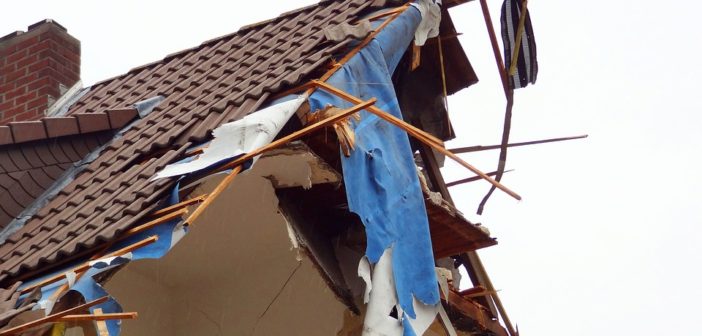During the rainy season that happens throughout the fall, certain steps must be followed in order to avoid situations that could lead to leaks along a roof. A solid defensive is the best way to protect a roof that’s built in a neighborhood or community that has risky weather patterns, so the process of keeping shingles and other important roofing components in peak condition in the fall and winter isn’t a hassle.
Pursue Preventative Maintenance
Most leaks develop on a roof when typical maintenance procedures aren’t implemented in a timely manner. On most roofs, there are dozens of components that have unique maintenance requirements. If a homeowner doesn’t detect minor issues on time, the simple flaws will slowly develop into major foundation problems that could cause leaks. This is why preventative maintenance services should be pursued shortly before fall arrives. When a roofing technician implements preventative maintenance procedures, special equipment is always used to pinpoint and repair chips, gaps, and other flaws that could let water seep through a roof.
Perform Inspections on the Roof
After an expert inspects a roof, a homeowner must continue this process by inspecting all of the components on a regular basis. In order to inspect a roof without professional help, various tools will be needed, such as a ladder, safety harness, and safety boots.
Causal inspections must be done carefully, as certain zones on the roof may be unstable. During the inspection, thoroughly inspect vulnerable spots near the edge of the roof and delicate zones along the chimney.
Safety should always be a top priority throughout a casual inspection, so a homeowner should never try to inspect any areas on a roof following a heavy rain or ice storm. Since roofing material has various pores, water puddles and sheets of ice don’t evaporate off the shingles quickly after these kinds of weather events are over. In order to avoid risky situations following harsh weather events, all inspection procedures should be delayed until all portions on a roof are safe.
Implement Inspection Procedures in the House
When a rainstorm is in process, an inspection should be done in order to pinpoint vulnerable spots where major leaks can occur. Because rain sets in nooks and crannies along a roof’s foundation, certain areas in a home may develop mold problems if there are any vulnerable zones. If specific spaces in a home has a slow leak that must be repaired, a general portion on the ceiling will have spots. These spots generate when mold begins to grow in locations where water leaks during a rainstorm. Once these vulnerable zones are detected, professional maintenance and repair services will be needed. During mold situations, a professional roof technician always implements proper procedures in order to properly seal the gaps.
Prepare for Severe Weather
Sever weather that involves heavy wind, rain, and ice can make the process of protecting a roof somewhat challenging. This is why every homeowner should have effective strategies for these weather situations. If many of the shingles on a roof are old, they must be repaired, as aged roofing components lack strong sealants that can effectively handle high winds throughout intense rainstorms.
Implement Landscaping Procedures for Pests
Many pests that can damage a roof usually invade a foundation when branches hang over a home. If a raccoon or some other pest accesses a vulnerable spot on a residential roof, the animal will chew the shingles. Once the material has been destroyed, rain will slowly seep into these vulnerable spots, and this why a homeowner must strive to prevent this problem by trimming low hanging branches on a regular basis.




